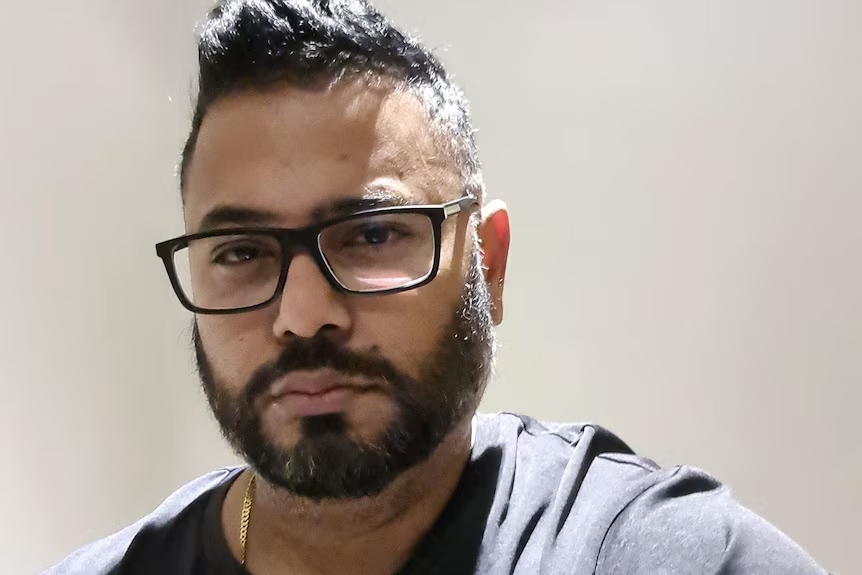Australia’s lower order, led by Nathan Lyon, Scott Boland, and skipper Pat Cummins, put up a valiant fight against India’s pace attack, taking the total lead to 333 runs at the end of Day Four of the fourth Border-Gavaskar Test at the Melbourne Cricket Ground (MCG).
Australia finished the day at 228/9, having recovered from a precarious 91/6 earlier in the innings.
Nathan Lyon (41*) and Scott Boland (10*) stitched together an unbroken 55-run partnership, defying India’s bowlers and keeping all three results possible as the match heads into the final day. The Australian pair added 21 runs in the last two overs of the day, frustrating the visitors and ensuring the lead crossed the 300-run mark.
Earlier, skipper Pat Cummins contributed a vital 41 runs before being dismissed by Ravindra Jadeja. Cummins’ knock, combined with Lyon’s defiance, highlighted the tailenders’ importance in a closely contested match on a seemingly flat wicket.
Jasprit Bumrah was the standout performer for India, claiming figures of 4/56. However, he missed out on a five-wicket haul after dismissing Lyon off a no-ball. Mohammed Siraj (2/63) and Ravindra Jadeja (2/41) also chipped in with crucial wickets. Despite their efforts, missed opportunities—including a dropped catch by Yashasvi Jaiswal and a missed “caught and bowled” chance by Siraj—allowed Australia to extend their lead.

Session-by-Session Recap
Morning Session: India resumed their first innings at 358/9, with Nitish Kumar Reddy (114) and Mohammed Siraj (2*) at the crease. Australia wrapped up the innings swiftly, dismissing India for 369 within 21 balls. Scott Boland (3/57) and Mitchell Starc ensured a slender lead of 105 runs for the hosts.
Australia’s openers Sam Konstas and Usman Khawaja started cautiously but failed to establish a strong partnership. Konstas was dismissed by Bumrah for 8, while Siraj removed Khawaja for 21 in the 19th over.

Afternoon Session: The Australian middle order crumbled as India’s bowlers struck in quick succession. Bumrah became the fastest Indian bowler to claim 200 Test wickets, dismissing Travis Head (1) and Mitchell Marsh (0) in a fiery 34th over.
Marnus Labuschagne gave resistance a gritty 70 before falling to Siraj after tea. His dismissal left Australia at 156/8. Cummins then partnered with Lyon to add 44 valuable runs, giving Australia a lifeline.

Evening Session: In the final session, Lyon and Boland frustrated India with a disciplined batting effort. Lyon, who struck five boundaries, showcased his composure under pressure, while Boland held one end firmly. Their partnership ensured Australia ended the day in a position of relative strength.
India’s fielding was a mixed bag, with dropped catches proving costly. Jaiswal’s three dropped chances during the second session highlighted an area of concern for the visitors, who cannot afford such lapses heading into a crucial final day.
India will aim to wrap up the Australian innings early on Day 5 and then decide whether to chase the target or play for a draw. Australia’s tailenders, however, will look to extend the lead further and put the game out of India’s reach.
Marnus Labuschagne, reflecting on India’s historic chase at the Gabba in 2021, said conditions at the MCG are vastly different.
“The wicket at the Gabba was flat, but here it’s a different challenge,”
he noted.
Brief Scores:
Australia: 474 & 228/9 (Marnus Labuschagne 70, Nathan Lyon 41*; Jasprit Bumrah 4/56)
India: 369 (Nitish Kumar Reddy 114, Yashasvi Jaiswal 82; Scott Boland 3/57)

The final day promises to be a gripping contest, with both teams having a chance to dictate the outcome of this enthralling Test match.
Support Our Journalism
Global Indian Diaspora and Australia’s multicultural communities need fair, non-hyphenated, and questioning journalism, packed with on-ground reporting. The Australia Today – with exceptional reporters, columnists, and editors – is doing just that. Sustaining this needs support from wonderful readers like you.

Whether you live in Australia, the United Kingdom, Canada, the United States of America, or India you can take a paid subscription by clicking Patreon and support honest and fearless journalism. LINK: https://tinyurl.com/TheAusToday
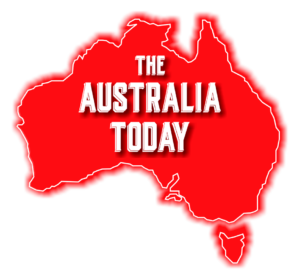
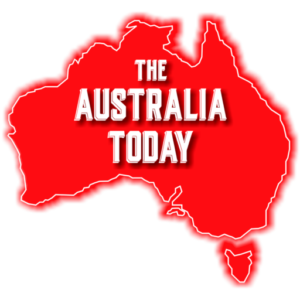




















































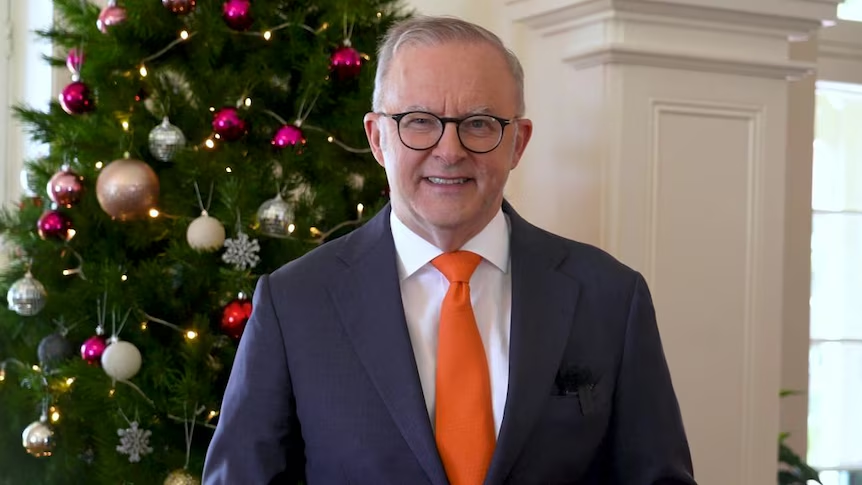






























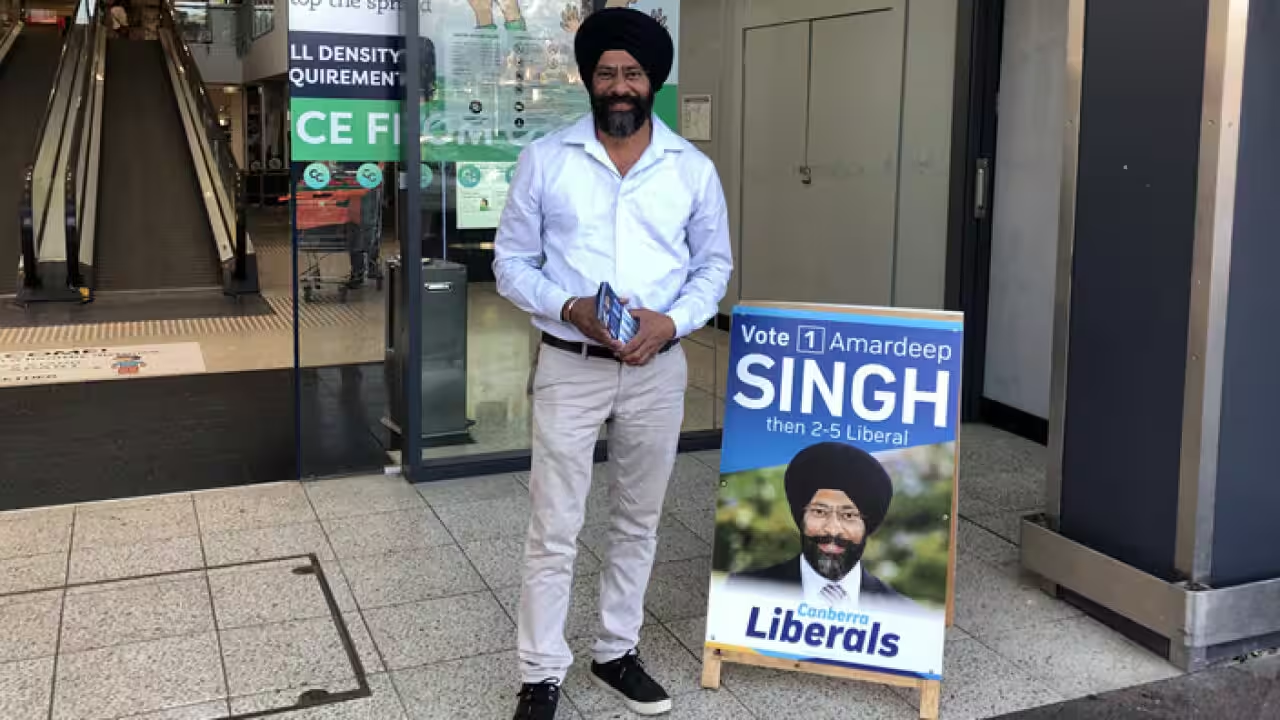




![Image: [Top] Minister Filimoni Vosarogo with Prime Minister Sitiveni Rabuka (Source: X); [Bottom] Minister Maciu Nalumisa (Source: Facebook); and [Side] Nabua Muslim League settlement (Source: Facebook)](https://i0.wp.com/www.theaustraliatoday.com.au/wp-content/uploads/2024/12/Copy-of-Untitled-1200-x-675-px-5-9.jpg?resize=696%2C392&ssl=1)























































